Traffic Fatalities Increasing Nationwide, But Decreasing in Connecticut
/Across the United States, the number of traffic fatalities increased 14 percent in the first six months of 2015 compared with a year ago. In Connecticut, however, the number of motor vehicle deaths dropped by 20 percent.
From January through June of this year, there were 95 motor vehicle deaths in Connecticut, compared with 119 during the same period in 2014 and 116 during the first six months of 2013. Connecticut’s percentage drop in the number of traffic deaths was the 5th largest in the nation, comparing the first six months of this year to a year ago.
Nationwide, the number of traffic deaths rose from 16,400 during the first half of 2014 to 18,630 during the first six months of this year. According to the National Safety Council, which analyzed the data, the increase in fatalities in 2015 likely reflects the effects of the low gas prices that have averaged 30 percent below 2014 levels over the first two quarters of 2015, helping to produce a 3.4 percent increase in cumulative vehicle mileage through May.
Distracted drivers – specifically those behind the wheel attempting to talk or text on a cell phone – are also pushing the numbers. The NSC says cell phone related activities are to blame for 27 percent of all crashes.
Connecticut is one of 15 states where the number of traffic fatalities has dropped in the first six months of 2015, compared with a year ago. The others were Alabama, Alaska, Delaware, D.C., Hawaii, Kansas, Montana, New Jersey, New Mexico, Oklahoma, Rhode Island, South Dakota, Tennessee and Texas.
15 states where the number of traffic fatalities has dropped in the first six months of 2015, compared with a year ago. The others were Alabama, Alaska, Delaware, D.C., Hawaii, Kansas, Montana, New Jersey, New Mexico, Oklahoma, Rhode Island, South Dakota, Tennessee and Texas.
Three states – California, Texas and Florida – have seen more than 1,000 deaths through June of this year.
Medically consulted motor-vehicle injuries for the first six months of 2015 are estimated to be about 2,254,000, an increase of 30 percent from 2014 nationwide, the National Safety Council (NSC) indicated. The NSC estimated that the nation appears headed towards the deadliest year, in terms of traffic fatalities, since 2007.
“While the statistics point out a dangerous trend, we have the ability to influence outcomes through our choices and behavior,” said Deborah Hersman, president and CEO of the NSC. “Take your responsibilities behind the wheel this summer seriously and ensure that you get to your destination safety.”
In addition to the personal toll, the estimated cost of motor-vehicle deaths, injuries, and property damage through June was $152.0 billion, a 24 percent increase from 2014, according to the data reported by the Illinois-based NSC. The costs include wage and productivity losses, medical expenses, administrative expenses, employer costs, and property damage.
The number of traffic deaths reported this year nationwide is greater than the number for the same period in recent years; in 2012 there were 1,755 deaths, in 2013 there were 16,617; in 2014 there were 16,400. The NSC counts both traffic and non-traffic deaths that occur within a year of the accident, while NHTSA counts only traffic deaths that occur within 30 days, so the numbers reported will differ.
Founded in 1913 and chartered by Congress, the National Safety Council, is a nonprofit organization whose mission is to save lives by preventing injuries and deaths at work, in homes and communities, and on the road through leadership, research, education and advocacy. Deaths are reported by state traffic authorities, and all figures are preliminary.


 Writing in the
Writing in the 

 Also this week, an official at the FCC indicated that the "enforcement hold" status of the station’s license renewal was "unchanged," and the station continues to operate until a decision is made, as is customary with delayed renewal applications. The WTIC-AM license renewal application has been on enforcement hold at the FCC since the license expiration date of April 1, 2014, as the agency’s Enforcement Bureau continues to consider “an alleged violation of FCC rules,” according to an FCC official. The renewal application was filed by the station almost 16 months ago, on November 27, 2013. Stations must file an application for license renewal) four months prior to the expiration date of the station’s license.
Also this week, an official at the FCC indicated that the "enforcement hold" status of the station’s license renewal was "unchanged," and the station continues to operate until a decision is made, as is customary with delayed renewal applications. The WTIC-AM license renewal application has been on enforcement hold at the FCC since the license expiration date of April 1, 2014, as the agency’s Enforcement Bureau continues to consider “an alleged violation of FCC rules,” according to an FCC official. The renewal application was filed by the station almost 16 months ago, on November 27, 2013. Stations must file an application for license renewal) four months prior to the expiration date of the station’s license. WTIC-AM, which is licensed to Hartford but operates from studios in Farmington and has its broadcast tower on Avon Mountain, can continue broadcasting under the license that expired on April 1, 2014, until the FCC acts on its renewal application. Until the enforcement hold is lifted the FCC Media Bureau cannot proceed with a decision on whether or not to renew the station’s broadcast license. The Enforcement Bureau must first determine whether or not a violation of FCC rules has occurred. If the allegation is substantiated, the agency has a range of options, such as warning that the violation not be repeated or imposing a monetary fine on the station, officials said.
WTIC-AM, which is licensed to Hartford but operates from studios in Farmington and has its broadcast tower on Avon Mountain, can continue broadcasting under the license that expired on April 1, 2014, until the FCC acts on its renewal application. Until the enforcement hold is lifted the FCC Media Bureau cannot proceed with a decision on whether or not to renew the station’s broadcast license. The Enforcement Bureau must first determine whether or not a violation of FCC rules has occurred. If the allegation is substantiated, the agency has a range of options, such as warning that the violation not be repeated or imposing a monetary fine on the station, officials said.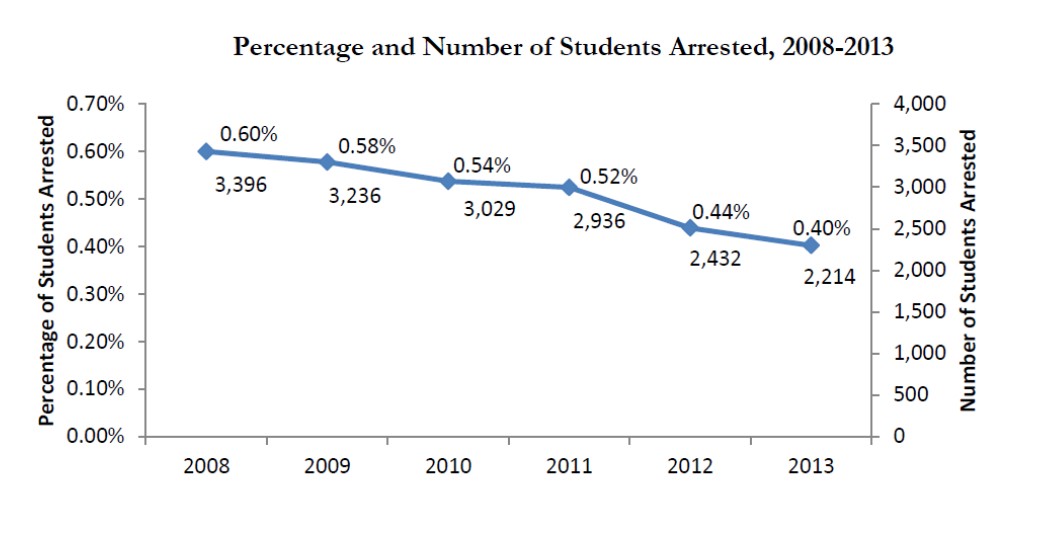 The
The 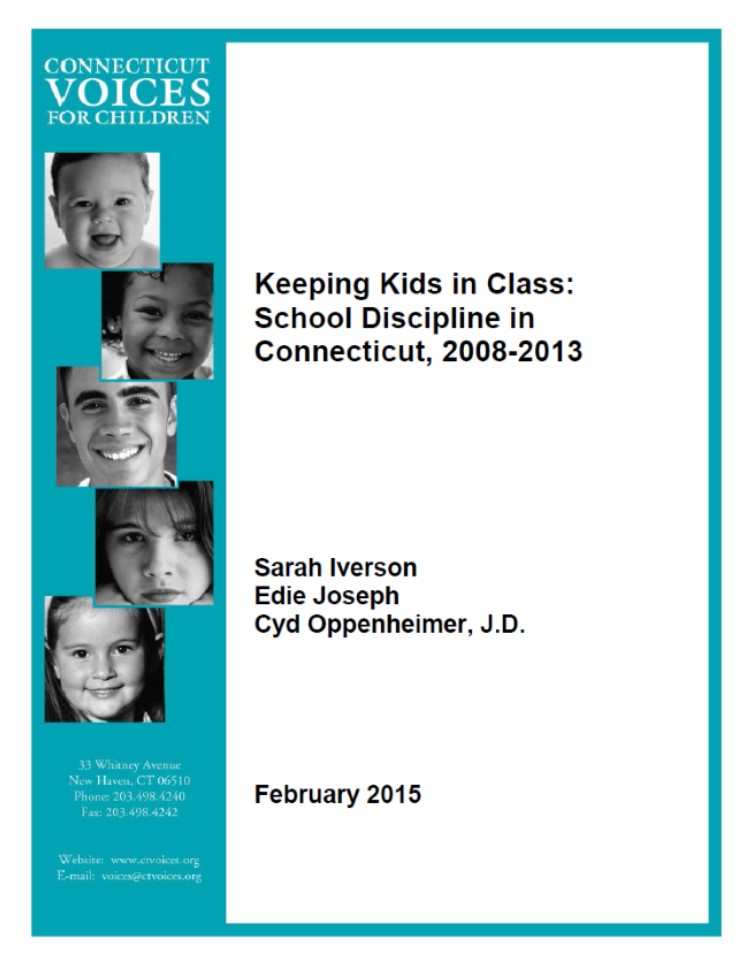
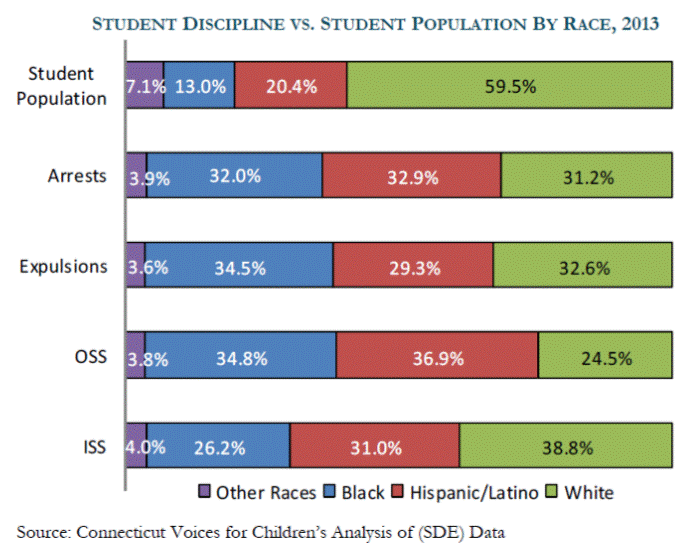
 The Mayors will engage with Administration officials, Congressional leaders business leaders to “ensure the health and economic recovery of America’s cities,” according to program organizers. Vice President Joe Biden is scheduled to address the Mayors on Thursday.
The Mayors will engage with Administration officials, Congressional leaders business leaders to “ensure the health and economic recovery of America’s cities,” according to program organizers. Vice President Joe Biden is scheduled to address the Mayors on Thursday. ttending from Connecticut are Bridgeport Mayor Bill Finch, Bristol Mayor Ken Cockayne, Danbury Mayor Mark Boughton, East Hartford Mayor Marcia Leclerc, Hartford Mayor Pedro Segarra, New Britain Mayor Erin Stewart, New Haven Mayor Toni Harp, Norwich Mayor Deberey Hinchey, Shelton Mayor Mark Lauretti, Stamford Mayor David Martin, Stratford Mayor John Harkins, Trumbull First Selectman Timothy Herbst and Waterbury Mayor Neil O’Leary.
ttending from Connecticut are Bridgeport Mayor Bill Finch, Bristol Mayor Ken Cockayne, Danbury Mayor Mark Boughton, East Hartford Mayor Marcia Leclerc, Hartford Mayor Pedro Segarra, New Britain Mayor Erin Stewart, New Haven Mayor Toni Harp, Norwich Mayor Deberey Hinchey, Shelton Mayor Mark Lauretti, Stamford Mayor David Martin, Stratford Mayor John Harkins, Trumbull First Selectman Timothy Herbst and Waterbury Mayor Neil O’Leary.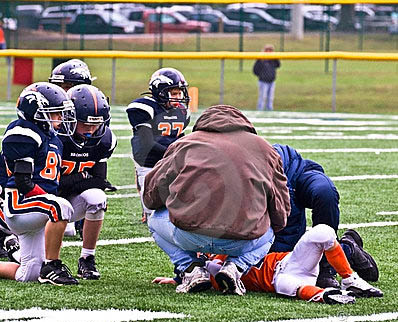 cut
cut
 e filled out by your physician when a concussion occurs, our procedures for concussion management, and our Return to Play protocol that will be followed by all athletes before returning to competition after sustaining a concussion.”
e filled out by your physician when a concussion occurs, our procedures for concussion management, and our Return to Play protocol that will be followed by all athletes before returning to competition after sustaining a concussion.”
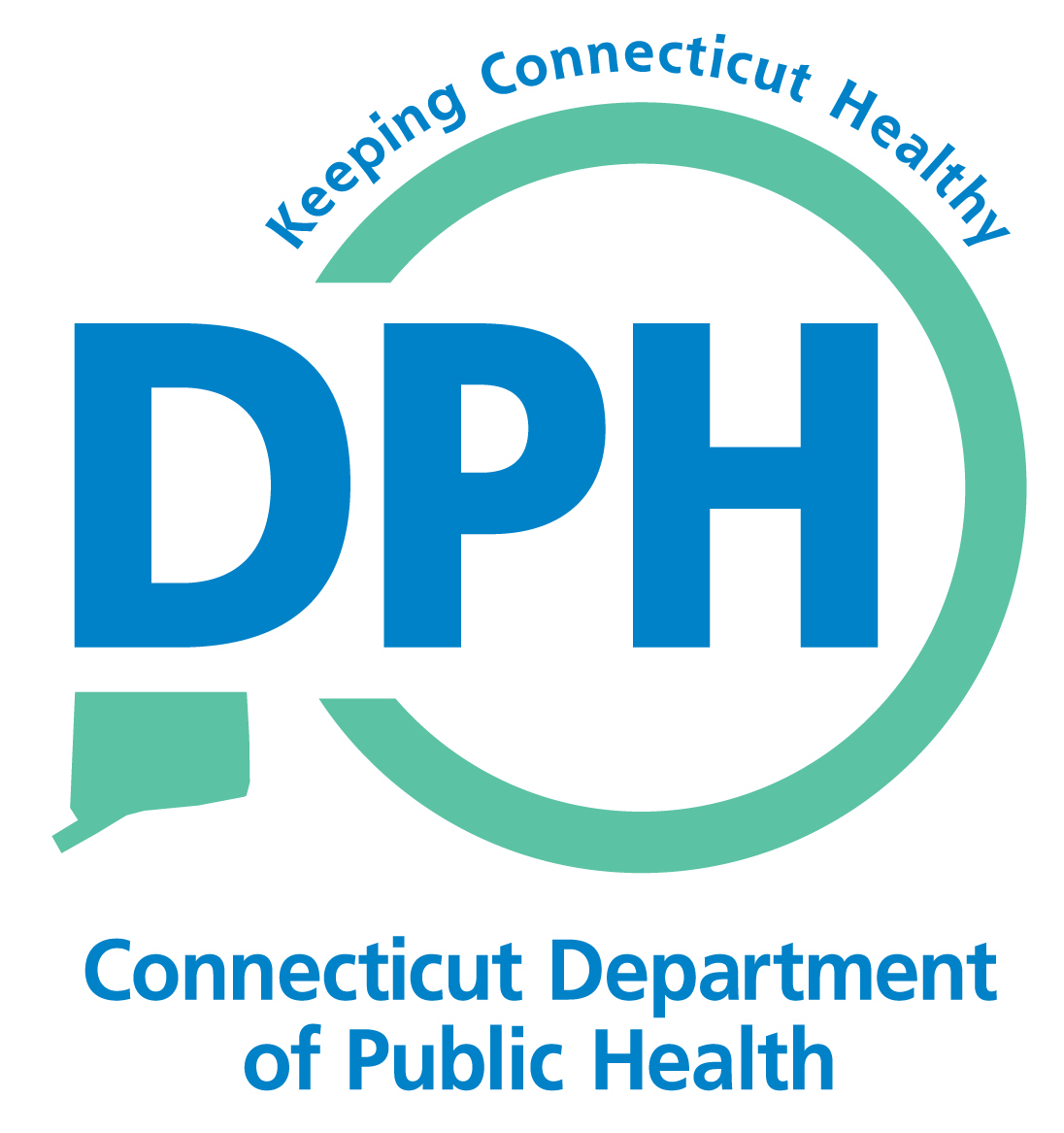




 d met Ms. Toyen, who grew up in Avon, Connecticut, at their alma mater, Bentley College in Waltham, Mass., and had managed to pull off an elaborate proposal.
d met Ms. Toyen, who grew up in Avon, Connecticut, at their alma mater, Bentley College in Waltham, Mass., and had managed to pull off an elaborate proposal. .
.
 vable Communities
vable Communities rcent, with less than 2 percent growth for people age 20 to 64 during the same period.
rcent, with less than 2 percent growth for people age 20 to 64 during the same period.



























